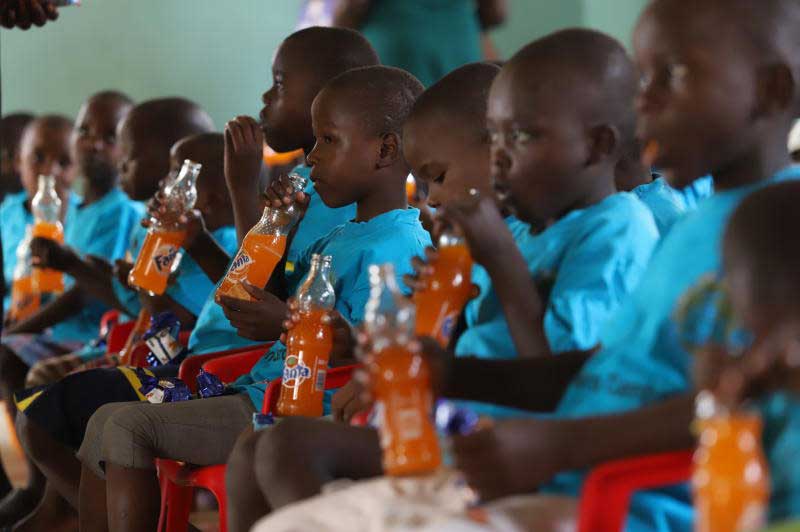×
The Standard e-Paper
Join Thousands of Readers

Millions of children around the world live in orphanages, but child rights experts say most are not orphans.
Orphanages have become a lucrative business in developing countries, attracting generous funding. This has led to the trafficking of children to fill them, according to charities Forget Me Not and Lumos.